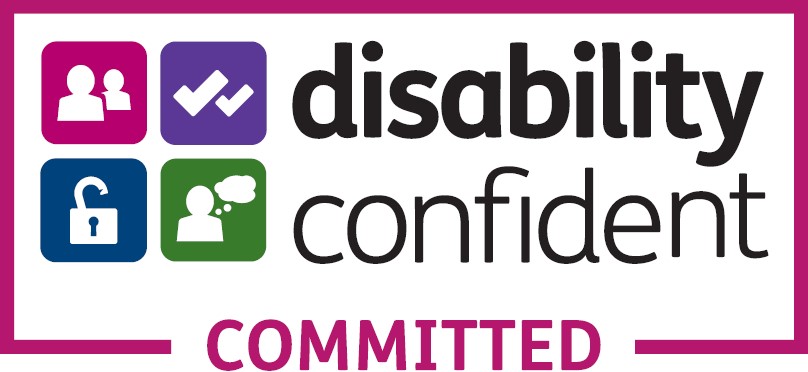
Unleashing potential: The crucial shift from all-elected to blended boards in Membership Organisations
There is a long running discussion within membership organisations on the subject of board composition and governance relating to elected and appointed members. Many boards historically, have been made up only of people elected from within the membership base itself.





